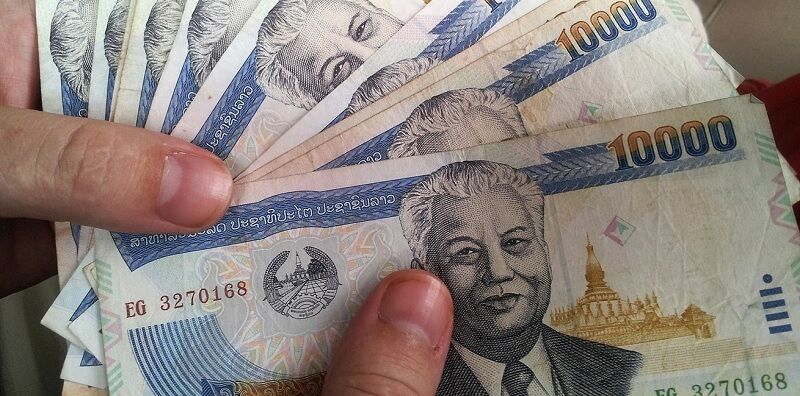Loan and behold: NPLs spike as economy recovery stumbles

The Bank of Thailand reported a rise in non-performing loans (NPLs) within the banking industry for the first quarter, attributing the increase to all types of loan products amidst an uneven economic recovery.
NPLs in the banking sector reached 502 billion baht, equivalent to 2.74% of total outstanding loans in the first quarter, an increase from 2.66% in the previous quarter. This rise in bad debt spanned across various loan products, as mentioned by the assistant governor for the supervision group at the central bank, said Suwannee Jatsadasak.
During the first quarter, the NPL ratio for corporate loans rose from 1.09% to 1.14%, while the ratio for small and medium-sized enterprise (SME) loans increased from 6.72% to 6.88%.
Mortgage NPLs saw an uptick from 3.34% to 3.49%, and the rate for auto NPLs edged up from 2.13% to 2.14%. The NPL ratio for personal loans climbed from 2.48% to 2.54%.
Credit card NPLs experienced the most significant increase among all loan products, surging to 4.13% in the first quarter from 3.75% in the previous quarter, according to central bank data, said Suwannee.
“The uneven recovery of the Thai economy and household incomes has negatively impacted the asset quality of consumer loans.”
Strict regulations
The central bank’s stricter regulations on credit card minimum payments partially contributed to the higher NPL ratio for credit card loans, she noted.
Beginning this year, the regulator raised the minimum payment rate for credit cards from 5% to 8%, with plans to increase it to the normal level of 10% next year.
The central bank is monitoring the impact of the higher minimum payment on credit cardholders and found that most people can service their debt appropriately.
Additionally, fewer credit cardholders are opting for the minimum payment, according to Suwannee.
“We will maintain the minimum payment rate for credit cards at 8% this year, rising to 10% next year. However, we will continue to monitor the situation, as vulnerable cardholders with lower incomes are the most affected.”
The lower-income segment of credit cardholders is defined as earning between 15,000 and 20,000 baht per month.
Individuals with two to five credit cards are also categorised as a vulnerable segment.
For mortgages, homebuyers with a monthly income of less than 30,000 baht buying houses priced less than 3 million baht are considered the lower-income segment, according to the central bank’s guidelines.
Despite the increase in NPLs, the household debt-to-GDP ratio in the first quarter is expected to decrease from 91.3% due to economic growth.
The household debt ratio for the first quarter of 2024 will be announced in June this year, said Suwannee.
On Monday, the National Economic and Social Development Council reported GDP growth for the first quarter was 1.5% year-on-year, surpassing the expectations of several research houses, which had predicted a range of 0.6-0.8%, reported Bangkok Post.
Latest Thailand News
Follow The Thaiger on Google News:


























